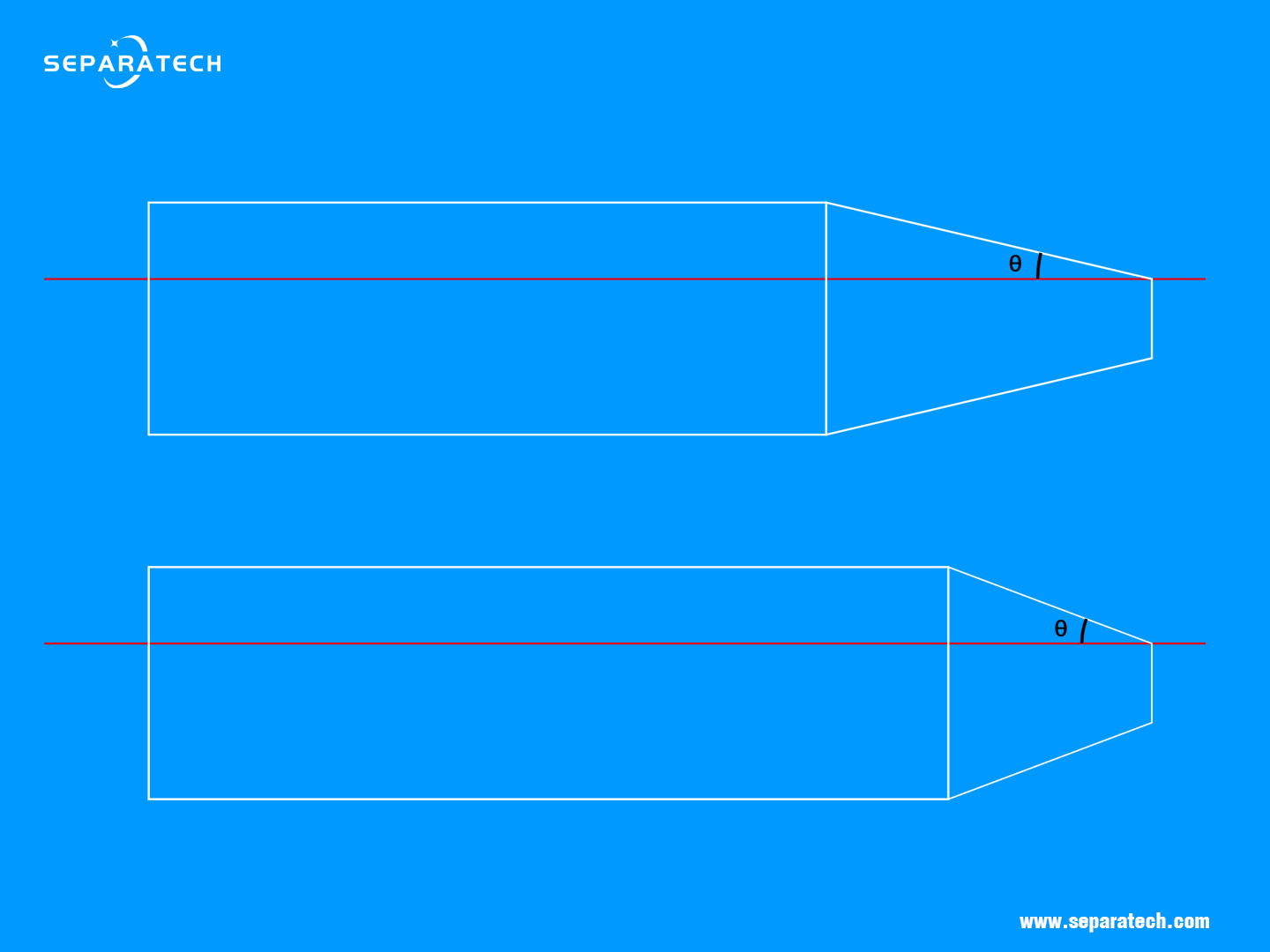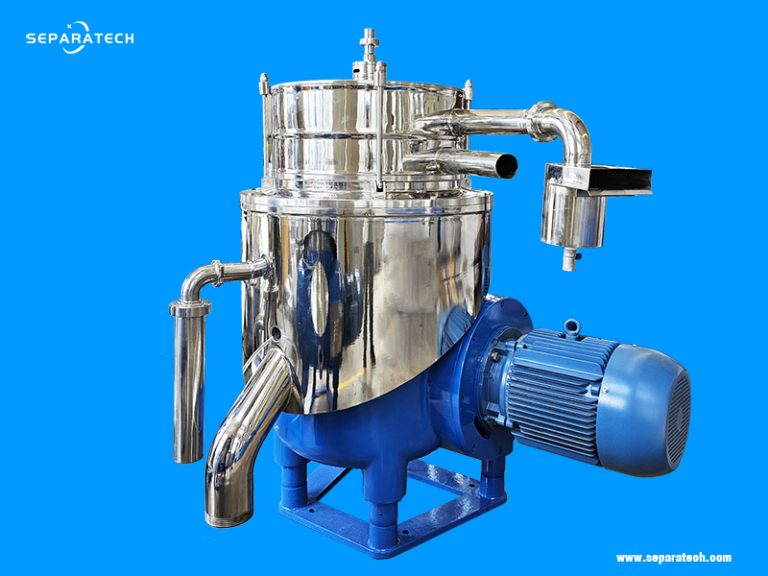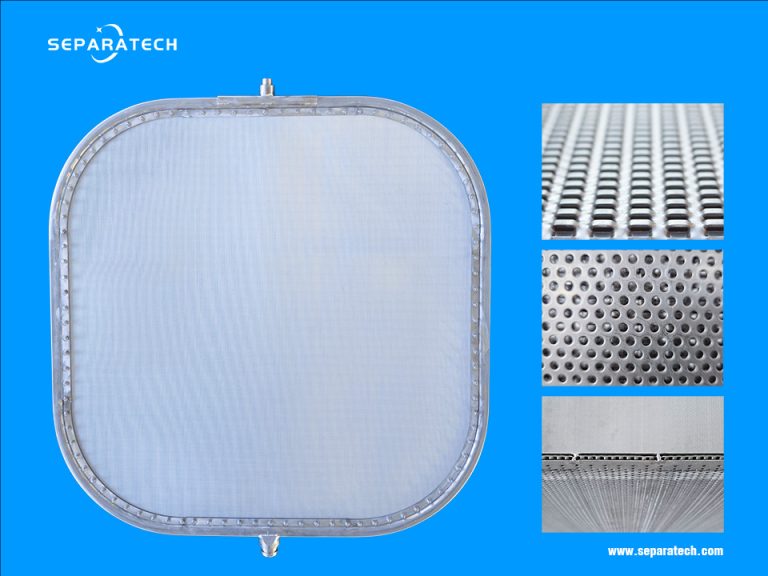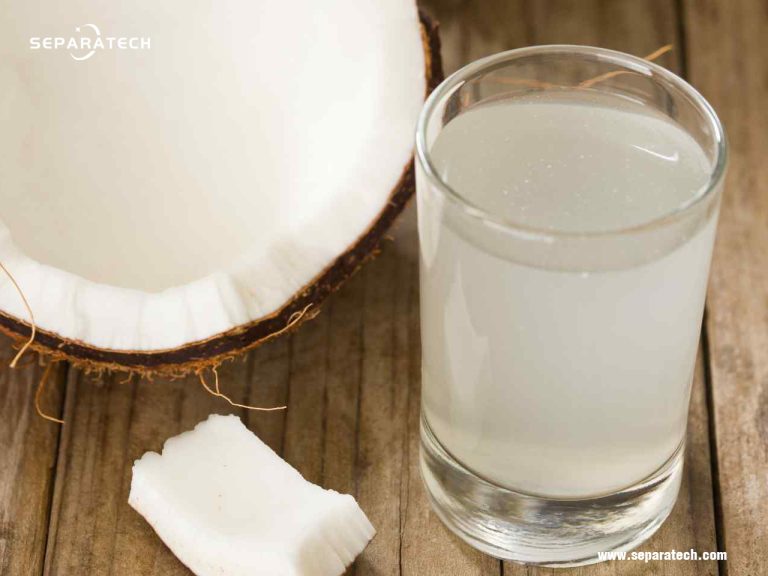The half cone angle of a decanter centrifuge is a critical design parameter that significantly influences the machine’s performance, especially in terms of solids discharge, clarity of the separated liquid, and overall operational efficiency. For industries relying on efficient solid-liquid separation, such as wastewater treatment, food processing, oil recovery, and chemical manufacturing, understanding the half cone angle’s role is essential to optimize operations and achieve the desired separation outcomes.
Understanding the Half Cone Angle
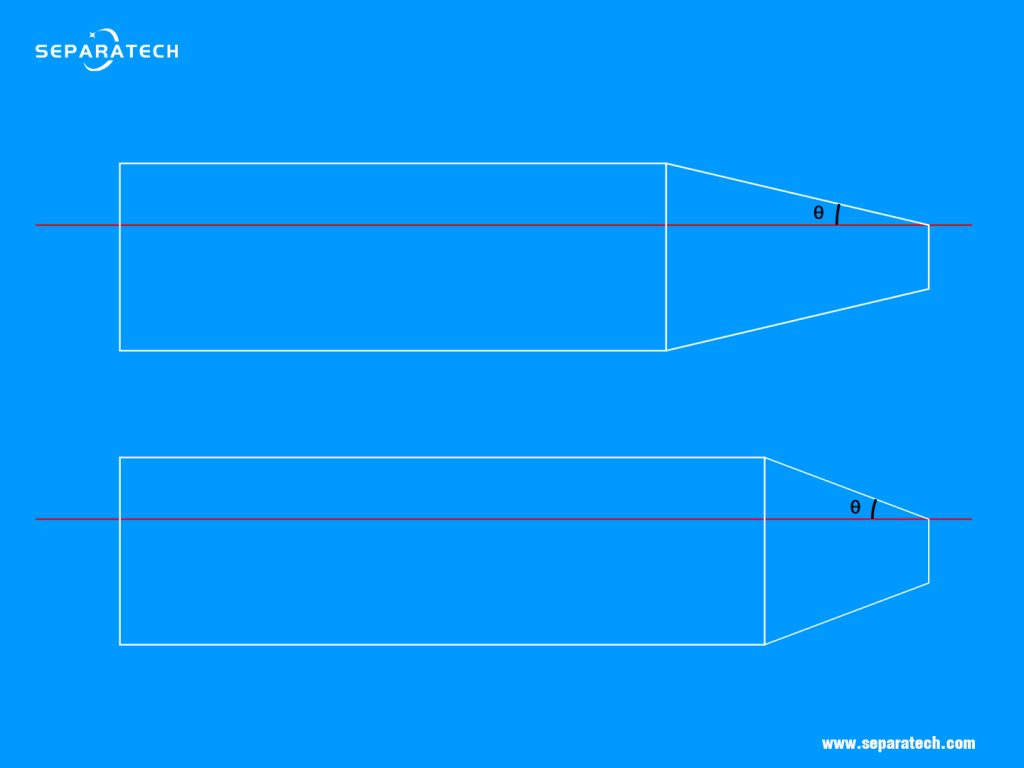
The heart of any decanter centrifuge is its bowl, a cylindrical vessel with conical ends. The half cone angle refers to the angle between the inner surface of the centrifuge bowl and the horizontal axis. the half cone angle, which is also called beach angle. While often overlooked, this seemingly minor design parameter significantly impacts the centrifuge’s overall performance.
The half cone angle is a critical design feature that affects how solids are transported and discharged from the centrifuge. Typically, the half cone angle in decanter centrifuges ranges from 5 to 20 degrees, depending on the application and the type of material being processed.
The optimal half cone angle is a delicate balance of several factors, including the type of solids being processed, their concentration, particle size, and desired dryness. A poorly chosen angle can lead to reduced efficiency, increased wear, and even equipment failure.
The Relationship Between Half Cone Angle and Decanter Centrifuge Performance
Solid-Liquid Separation Efficiency
– A larger half cone angle typically accelerates solid particles towards the discharge end more rapidly, improving solid-liquid separation efficiency. This is particularly beneficial for handling high-solid-content slurries.
– However, an excessively large angle can lead to premature discharge of solids, reducing dehydration efficiency.
Solid Phase Dehydration
– The cone section is crucial for dehydrating the solids before discharge. A well-designed half cone angle ensures optimal residence time for solids in the cone, maximizing water removal.
– A smaller angle can provide more residence time for dehydration but might increase the load on the screw conveyor.
Power Consumption
– The half cone angle influences the power required to convey solids. A larger angle generally reduces the power needed to push solids towards the discharge end.
– However, an overly large angle can lead to increased wear on the screw conveyor.
Wear and Tear
– The angle directly impacts the wear on the bowl and screw conveyor. A poorly optimized angle can accelerate wear, leading to reduced equipment life and increased maintenance costs.
– A steeper half cone angle may lead to more frequent contact between the solids and the bowl, potentially increasing wear. However, with proper materials and design, this can be managed effectively to ensure long-term operational stability.
The half cone angle of a decanter centrifuge is a crucial factor that influences the machine’s overall performance, particularly in terms of solids discharge, liquid clarity, and operational stability. Understanding its role and optimizing it for specific applications can lead to significant improvements in separation efficiency and cost savings.
Choosing a appropriate decanter centrifuge ensures that you get a machine tailored to your unique requirements, maximizing performance and delivering reliable, long-term operation. Whether you’re in wastewater treatment, food processing, or any other industry that relies on efficient solid-liquid separation, SEPARATECH’s expertise in decanter centrifuge makes them the ideal partner for your separation needs.
Contact us today to discuss your specific application and explore how our customized solutions can benefit your operation.
